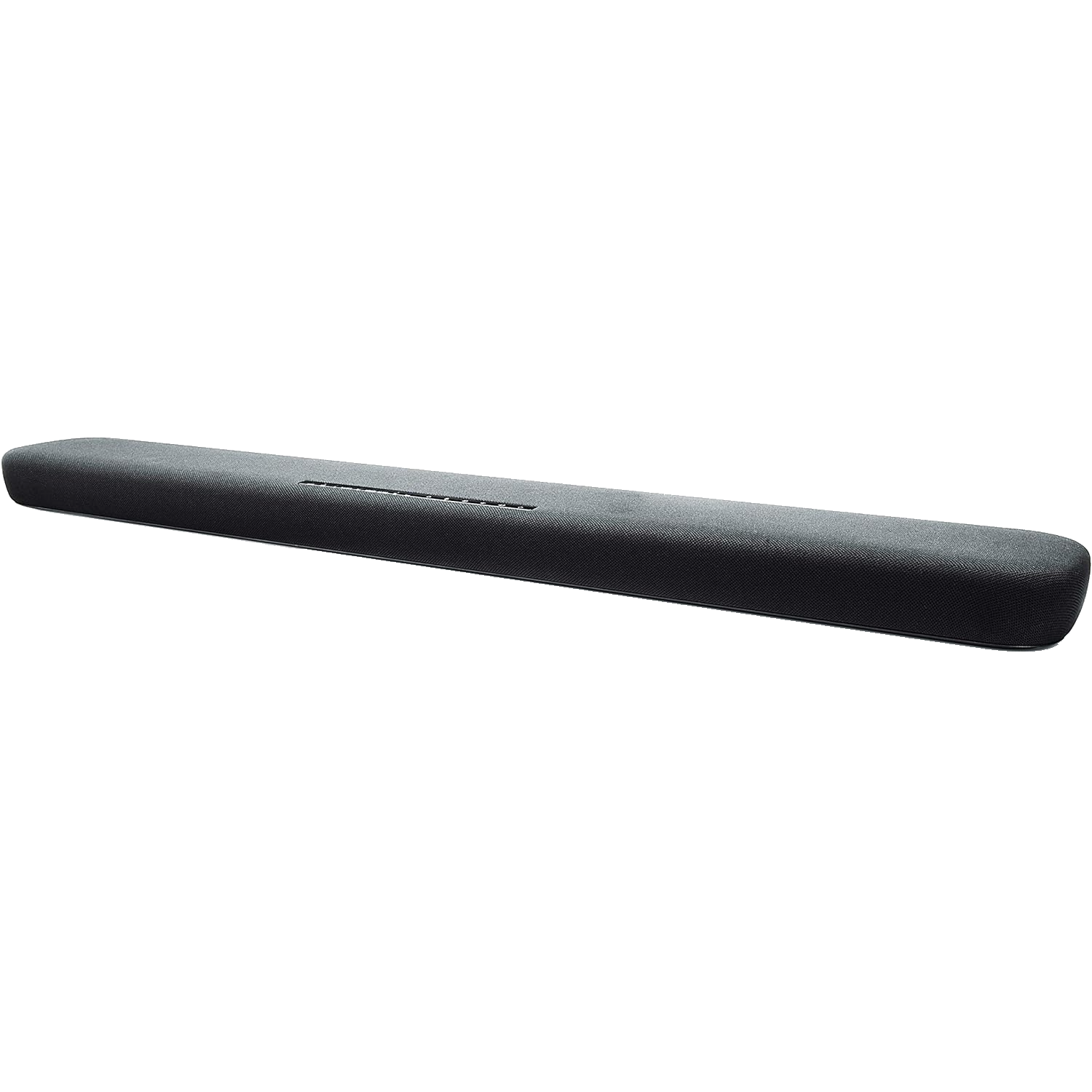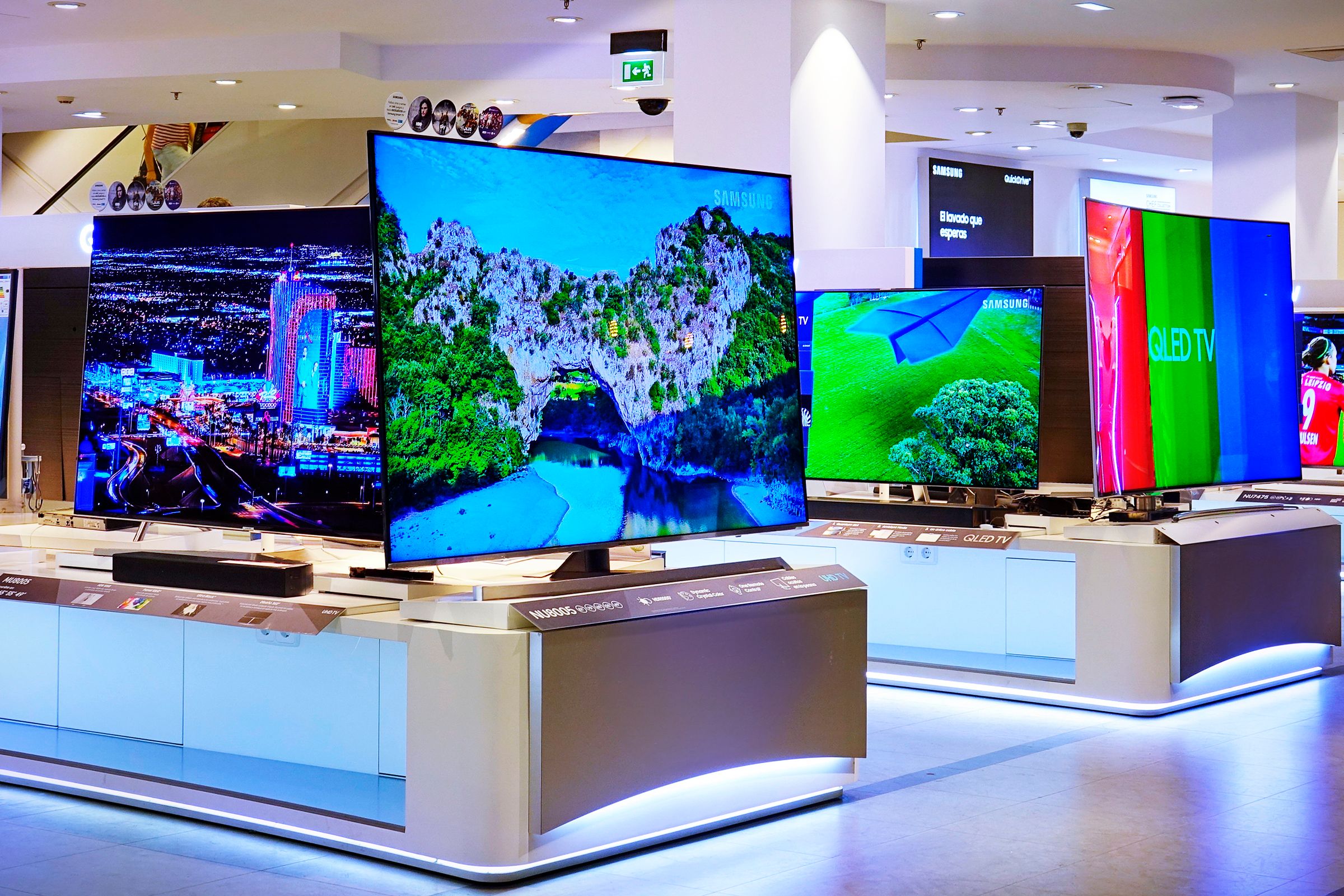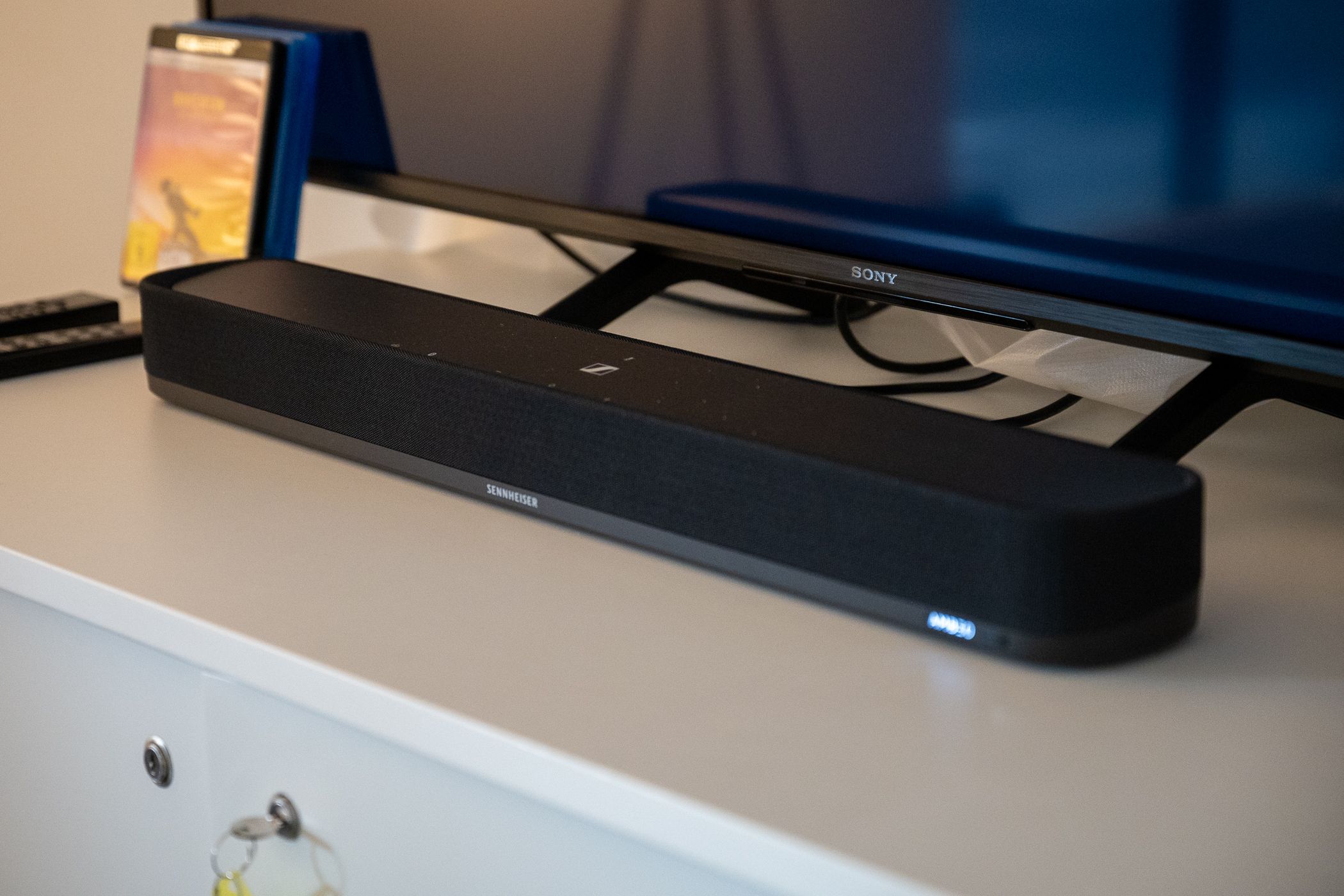Key Takeaways
- TV sound quality has steadily been getting worse as screens get thinner.
- Affordable upgrades like a soundbar can make a big difference.
- Tweaking TV settings and other changes can improve sound quality.
You could say there’s never been a better time to buy a new TV. Screens are bigger, picture quality is better, designs are slimmer, and you can get more for your money than ever. The one area where that unfortunately isn’t true, however, is sound quality.
That’s been true for quite some time, of course, but the decline has become noticeably more pronounced in recent years—especially when it comes to more budget-level and mid-range TVs. Just earlier this year, I replaced an aging set with a 4K QLED model that was surprisingly affordable, yet offered features and a level of picture quality that would have demanded a far more premium price even just a few years ago.
While that older TV’s built-in speakers were no substitute for a good soundbar or surround sound system, they were at least listenable, and adequate for a secondary TV. The new TV’s sound quality, on the other hand, can only kindly be described as lackluster—loud and clear enough for casual TV viewing, maybe, but far from an actual enjoyable listening experience for games or movies.
TV Hardware’s Big Trade-Off
The reasons for that marked drop-off in sound quality aren’t exactly surprising. As TVs get thinner and thinner, there’s simply less room for built-in speakers, and there’s only so much that manufacturers can do to get around those inherent limitations. And since many people intend to connect their TV to a soundbar or home theater system anyway, it’s understandable that those manufacturers would choose not to make a significant investment in a feature that will often go unused.
If the choice is an ultra-thin TV with lousy sound quality or slightly better audio that comes at the expense of a bulkier design, most people will choose the thinner and sleeker option and sort out the audio side of things on their own.
What to Know Before You Buy
We always recommend researching products before making any sort of significant purchase, but it’s more important than ever when it comes to TVs. If you want less clutter and definitely want to avoid using a soundbar or external speakers, it’s worth putting in the extra time (and likely a bit of extra money) required to find a TV that does have decent built-in audio. They do exist, but you’ll have to dig through reviews or possibly even find a store where you can judge the audio for yourself before making a purchase.
If you’re less concerned with keeping your setup as clean and minimal as possible, or don’t want to make compromises with audio, it’s worth factoring in the cost of a soundbar or speaker system upfront when you’re shopping for a new TV. That may mean things like choosing a TV that’s a couple of inches smaller to give you some extra cash for a decent soundbar, or even making additional considerations about furniture and room layout to accommodate multiple speakers. If you go that route, you can put all your effort into finding a TV with the best picture quality and any other additional features you might need, and just ignore its audio capabilities—that will certainly expand your options.
Solutions Can Be Simple and Affordable or More Elaborate
Deciding not to use a TV’s built-in speakers does open a can of worms, but it doesn’t have to be overwhelming. The first decision is whether you want a soundbar or a more elaborate speaker system. Soundbars come in the form of single units that sit below your TV or a soundbar, or models that include a subwoofer for better base and more room-filling sound—some even include satellite speakers to get closer to true surround sound.
Going beyond that is where things get a bit more complicated. You can get a pair of powered stereo speakers that can connect directly to your TV, or you can get an audio receiver that will let you connect your TV to either just a pair of stereo speakers (which can be a good solution if you also have a turntable, for instance), or a full surround sound system that requires multiple speakers spread around your room.
Those options can quickly add up as you consider higher and higher-end models, but don’t lose sight of the fact that even some of the most inexpensive soundbars will sound far superior to the audio coming out of most TVs. As important as it is to recalibrate your expectations around TV audio, you shouldn’t overestimate your needs when it comes to soundbars or surround sound systems. Audio quality doesn’t suddenly switch from bad to good at a certain level. There’s more nuance involved than that, and a lot of it can come down to perception and personal preferences.

Yamaha YAS-109
The Yamaha YAS-109 is a brilliant soundbar with favorable features for a low price. This soundbar easily gives you the best bang for your buck.
Don’t Forget the Basics
Even if you’re not ready to go out and augment your TV’s sound with some new hardware, there are things you can do right now to improve your experience. Consider occasionally using headphones when you really want to enjoy a video game or movie, or try using a portable Bluetooth speaker or old set of computer speakers as an interim option until you are able to invest in a more permanent solution.
Tweaking your TV’s settings may also yield some improvement with no more effort than a few button presses. The specific settings will vary from one TV to another, so you’ll need to consult your manual or check online for the exact details, but most TVs will have a number of different sound modes like “Movie,” “Dynamic,” or “Voice” that can sound noticeably different and may improve your listening experience. Some TVs may also have more advanced options that let you fine-tune additional settings like bass and treble. Experiment with different settings to see what sounds best.
The placement of a TV in a room, and the room itself, can also sometimes have a surprisingly large effect on its sound. If the TV is mounted high on a wall with nothing under it, there is less surface area for the sound to reflect off of. Conversely, if there are too many hard surfaces in a room, you may end up with a bit of an echo that could be reduced by the addition of a rug or carpet. You’ll also want to make sure there isn’t anything blocking the speakers, like books or stacks of video games. That may seem obvious, but in most cases, the built-in speakers on a TV are located on the bottom and pointing downwards, so they can be easy to overlook.
Listen to Your Needs
TV sound quality may be steadily getting worse, but there are also more ways than ever to improve it. Just like a premium surround sound system will let you get the most enjoyment from your high-end TV, there are plenty of more affordable options that can easily make up for the shortcomings of a budget TV. What’s most important is to find a solution that meets your needs, and recognize that an upgrade to a new TV doesn’t have to mean a downgrade in sound quality.






